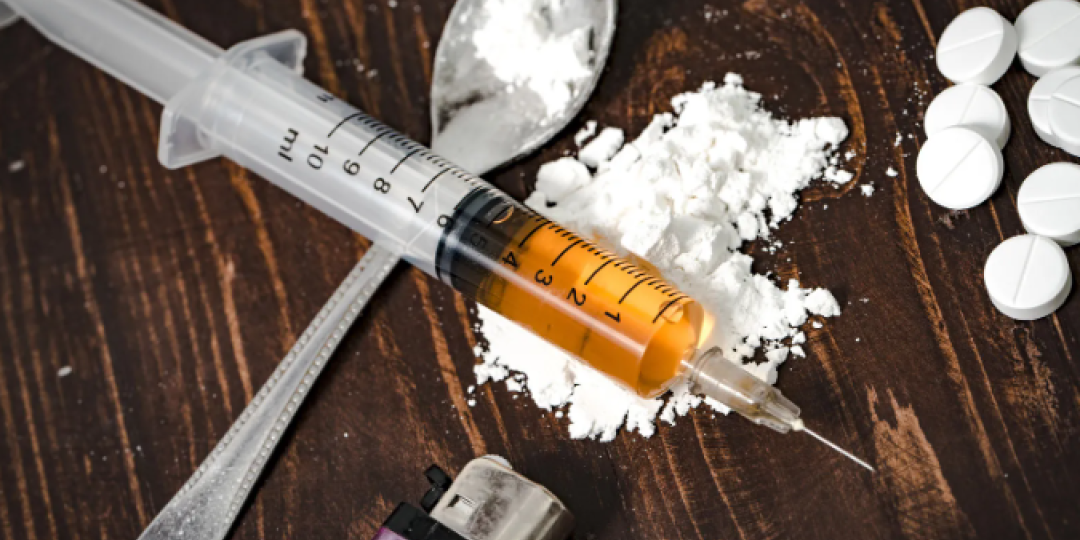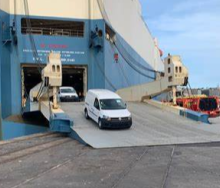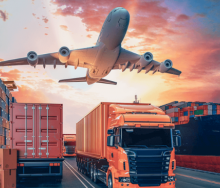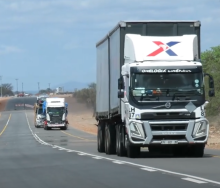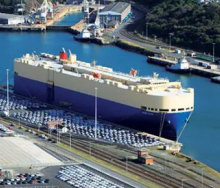Drug smugglers are increasingly targeting Africa’s coastal states and islands off the continent’s eastern and southern regions to distribute narcotics, by concealing contraband in shipping containers.
Studies have shown that the proximity of this region to major drug trafficking routes renders the ports within these areas vulnerable to trafficking in cocaine, heroin, methamphetamine, and cannabis.
Smuggled goods include a large number of other synthetic substances.
Research into underworld logistics has shown that container-concealment is the most common method of moving large volumes of illicit drugs.
With Durban recognised as the largest and busiest port in sub-Saharan Africa, and with Cape Town strategically placed at the tip of Africa, these ports present an ideal opportunity for the illicit drugs trade, highlighting the risk involved for law-abiding entities.
In April this year, cocaine worth R15 million was found on a vessel in Richards Bay which was travelling from Colombia.
Last December, a media statement revealed that the South African Police Service (Saps) had seized more than R360m worth of cocaine, arriving in Durban harbour from Brazil, over a period of two months.
The month before, Saps took hold of R65m worth of cocaine at the Port of Gqeberha, also known as Port Elizabeth.
All seizures at our ports of entry are welcomed and applauded but, with the number of shipping containers being inspected at less than 2%, there is obvious reason for concern.
- Read the full article in our “Columns” section: SA ports and the risk of drug trafficking.
